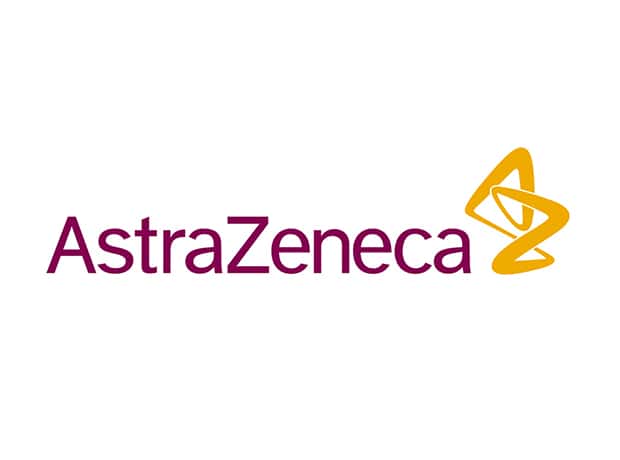Patients with relapsed or refractory mantle cell lymphoma (MCL) treated with AstraZeneca’s Calquence (acalabrutinib) remained progression free for a median of 22 months, with median overall survival not yet reached at three years of follow-up, according to long-term follow-up data from the ACE-LY-004 Phase II trial.
At a median follow up of 38.1 months, 55 patients (44%) either remained on treatment (24 patients) or continued to be followed for survival (31 patients).
The results, presented at the 62nd American Society of Hematology (ASH) Annual Meeting and Exposition, also showed a consistent safety and tolerability profile for the drug in this setting, with with only 14 patients (11%) having discontinued treatment due to adverse events.
“Mantle cell lymphoma is an aggressive, difficult-to-treat blood cancer that is typically diagnosed at an advanced stage and often becomes resistant to treatment. This data shows that patients treated with acalabrutinib experienced deep responses over time, while the safety profile remained largely the same, including low rates of Grade 3/4 events, cardiac events and bleeding events, which are important in this patient population,” said Michael Wang, Professor, Department of Lymphoma/Myeloma, The University of Texas MD Anderson Cancer Center, and principal investigator of the trial, commenting on the findings.
The findings “add to the mounting evidence that Calquence can provide sustained responses in patients over more than three years,” added José Baselga, executive vice president, Oncology R&D at AZ. “Calquence is an important chemo-free treatment option for relapsed or refractory mantle cell lymphoma and is rapidly being embraced across the clinical and patient community.”
MCL is typically an aggressive, rare form of non-Hodgkin lymphoma (NHL) that accounts for nearly 6% of all NHL cases, and is mostly diagnosed in men during their early sixties.










